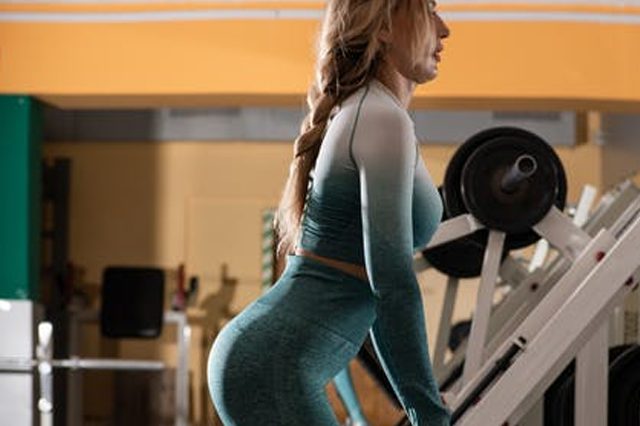Exercising is one of the healthiest practices that can be done and that will mean that we can enjoy a wide range of benefits.
Depending on your tastes and needs, you can choose some disciplines or activities or others. Everything counts to stay in good shape and enjoy more health.
If you are a person looking to improve your conditions in the gym, you may be interested in knowing how to deadlift. To make it complete you must take into account a series of considerations and tips that we are going to tell you so that you achieve the best results. In addition, we recommend that you read how to recover muscles after exercise.

How to deadlift step by step?
If you want to have an exercise routine that includes the deadlift, you have to keep in mind that it is a practice that is very complete and beneficial, but it is not without risks. If it is not done following the appropriate guidelines, we will find ourselves with the possibility of suffering some type of injury.
This is because there are a large number of parts of the body involved, and it is necessary to be aware from the point where you start to go progressively. The steps to follow to know how to perform a deadlift exercise are the following:
- First of all, you should stand up and open your legs, which should be in line with your hips and shoulders, placing your feet slightly to the outside. In this way, it is possible to contribute to achieving the ideal balance.
- Now, with your back completely straight, it’s time to bend your knees slightly.
- Now we will have to begin to lower the body with a straight back, trying to keep the thighs in a parallel position to the body and the feet, while the lower part of the legs remain at a right angle.
- Looking straight ahead, move your shoulders at the same time and your hips as you descend.
Keeping these steps in mind, several series and repetitions should be carried out. As you notice that there is progress, it is possible to begin to include weights with dumbbells, so that greater resistance is created.
Muscles involved in the deadlift exercise
Now that you know how to perform a deadlift exercise, it’s time for you to learn more about this type of practice. To begin with, you should know that although it is an exercise that may seem simple and easy to perform, it involves the movement of a large number of muscles.
This is what makes it one of the most complete exercises that can be done in the gym. At the moment of lowering to dead weight, the legs are activated, and therefore the calves and thighs are mainly worked, which are responsible for maintaining the body’s resistance. Likewise, it is also possible to strengthen the muscles of the trapezius and spinal erector.
With the ascent, the intensity is enhanced and the gluteus Maximus, the hamstrings, the torso-lumbar tissue and the latissimus dorsa work. For all these reasons, it is a perfect type of exercise to exercise both leg muscles and the entire back. For this reason, it seems essential to have an adequate position of the back to avoid injuries while increasing the muscles.
Common mistakes when doing deadlifts
Knowing how to perform the deadlift exercise and all the muscles that are involved in this type of exercise, it is time to remember the common mistakes when performing this exercise, so that you know what you should not do when you are ready to carry it out. finished.
Although it is a simple exercise to perform, it has a technique and some points to consider to avoid injuries. The most common errors are:
- Exceeding the weight to be lifted. Before starting to load weight, it is essential that the technique is mastered and begin to progressively exercise the back to prevent injuries from occurring.
- Poor foot placement. If an adequate opening and slight inclination are not carried out, all the movement carried out will have a bad orientation, and this can cause damage to the muscles.
- Placing the hip too low. The knee flexion should be done in a subtle way, without becoming a squat. In that case it would cause too much stress on the joints.

